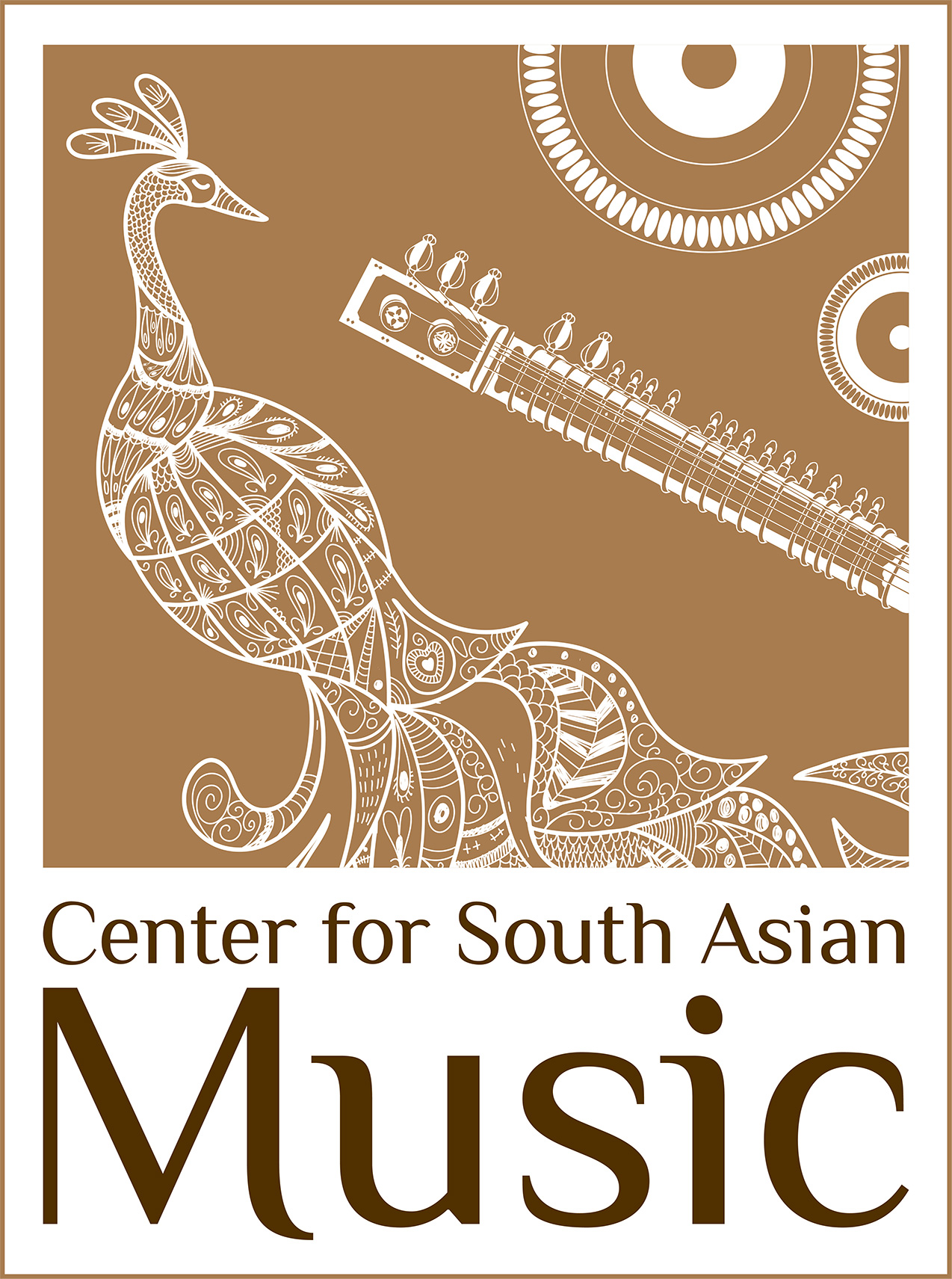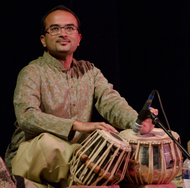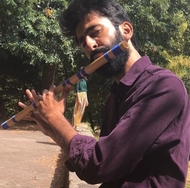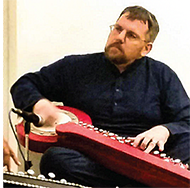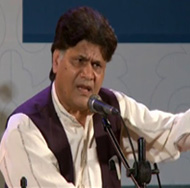This course will introduce students to the rudiments of South Asian music; its melodic and rhythmic bases and the various existing styles of performance. From understanding structural differences between genres such as folk, ghazal, thumri and khayal to recognizing stylistic differences between gharanas, this course will be an immersion into a musical realm that is largely unfamiliar to young listeners. With a mandatory practice component through the Khawaja Mashooqullah Music Room, audio-visual resources, and readings to provide context, the course will serve as a foundation for pursuing more advanced studies in music.
Taught by: Yousuf Kerai and Sadaf Habib
